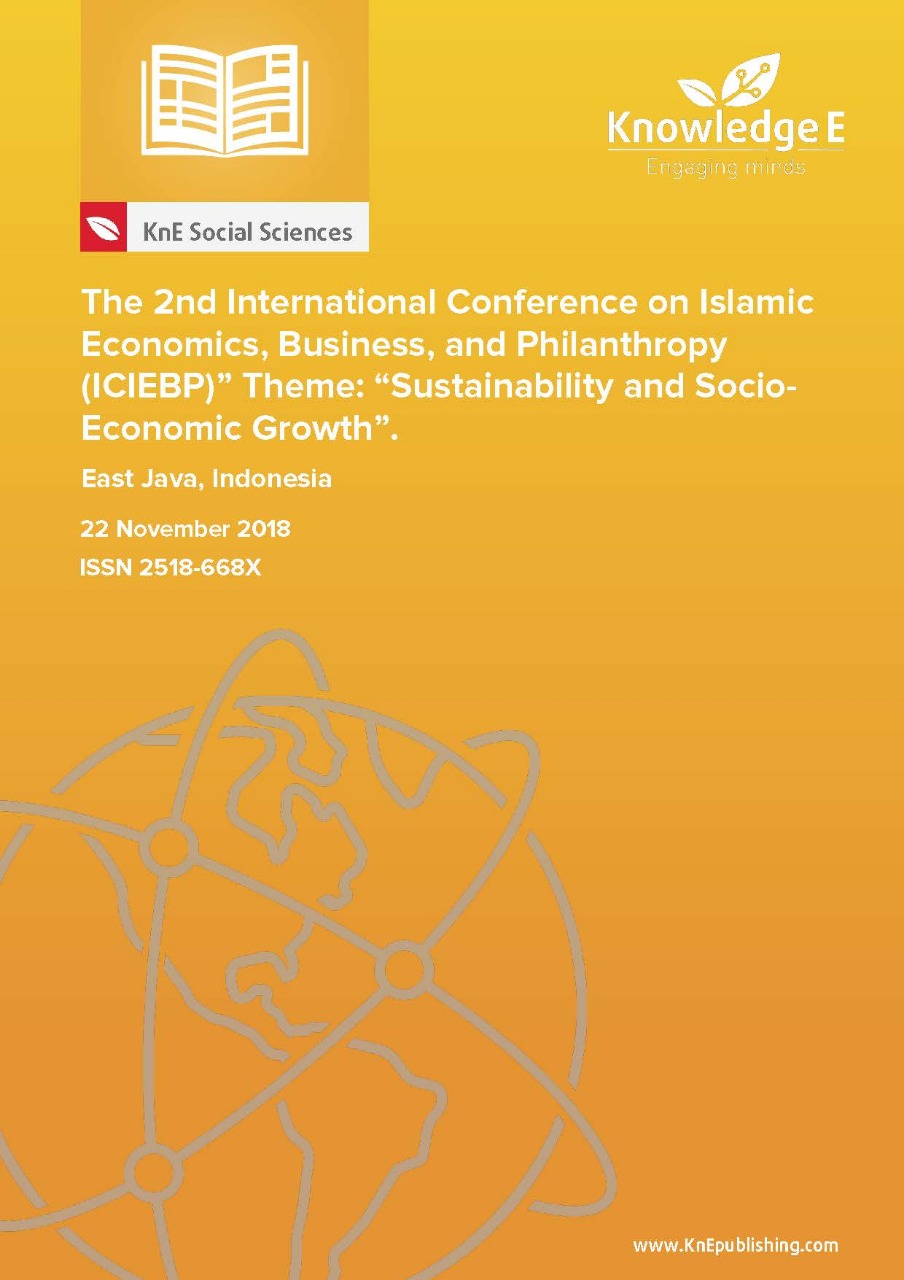Labour Supply and Skills Shortages in Australia
DOI:
https://doi.org/10.18502/kss.v3i13.4281Abstract
Australia is facing a problem of skills shortage that might impact on human capital. This may lead to unsustainable economic and productivity growth. The problem is caused by a combination of factors, such as low fertility rate, an ageing population and restricted immigration policy in recent times among others. In order to address this problem Australian government applies some policies including increasing skill migrants, extending the retirement age, increasing women participation in labour market and so on. This paper discusses the Australian policies to address the skills shortage problem and analyse the implications on the economy. In addition, the alternatives of the policies also will be discussed.
References
Australian Bureau of Statistics 2008, Labour Force Statistics, Canberra.
BRTE (Bureau of Transport and Regional Economics) 2006, Skill Shortages in Australia’s Regions, Canberra.
Judy, R and C. SnD’Amico 1997, Workforce 2020, Work and Workers in the 21
McDonald, Peter and Rebecca Kippen 2001, “Labor Supply Prospects in 16 Developed Countries, 2000-2050”, Population and Development Review, 27(1) March 2001, pp.1-32.
McDonald, Peter and Glenn Withers 2008, Population and Australia’s Future Labour Force, Canberra: The Academy of Social Sciences in Australia.
Miracle, Marvin P. and Sara S. Berry 1970, “Migrant Labour and Economic Development”, Oxford Economic Papers, viewed on 26 April 2008,
Mitchell, William and Victor Quirk 2005, Skills shortages in Australia: Concepts and Reality, Centre of Full Employment and Equity, The University of Newcastle, Australia, viewed on 20 April 2008,
OECD (Organisation for Economic Cooperation and Development) 1995, The Transition from Work to Retirement, Social Policy Studies, no. 16, Paris.
1994, OECD Jobs Study: Evidence and Explanations, OECD, Paris.
Productivity Commission 2005, Economic Implications of an Ageing Australia, Research Report, Canberra.
Romer, GivenNamePaul, M. 1987, ‘Crazy explanations for the productivity slowdown’, NBER Macroeconomics Annual, pp. 163–202.
GivenNameRoy, R., SnHenson, H. and Lavoie, C. 1996, A Primer on Skill Shortages in Canada, R-96-8E, Human Resources Development Canada, Hull, Canada.
Shah, Chandra and Gerald Burke 2005, ‘Skills Shortages: Concepts, Measurement and Policy Responses’, Australian Bulletin of Labour, March 2005.
GivenNameTaylor, Philip 2002, New Policies for Older Worker, The Policy Press.
Withers, G. 2002, ‘Population ageing and the role of immigration: for the student’, The Australian Economic Review, Melbourne Institute of Applied Economic and Social Research, vol. 35, no. 1, pp. 104–12.

